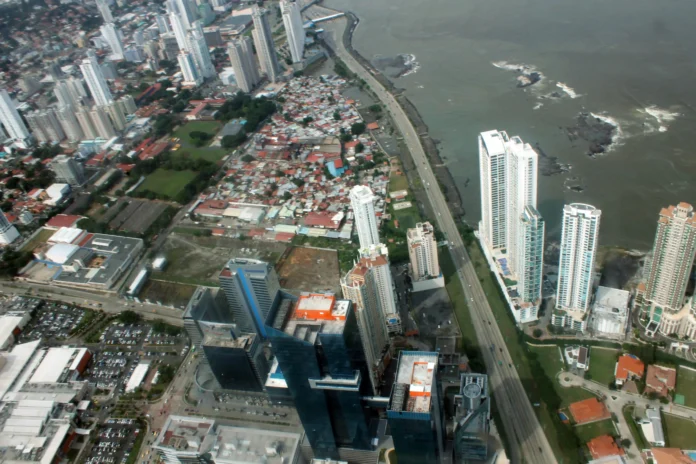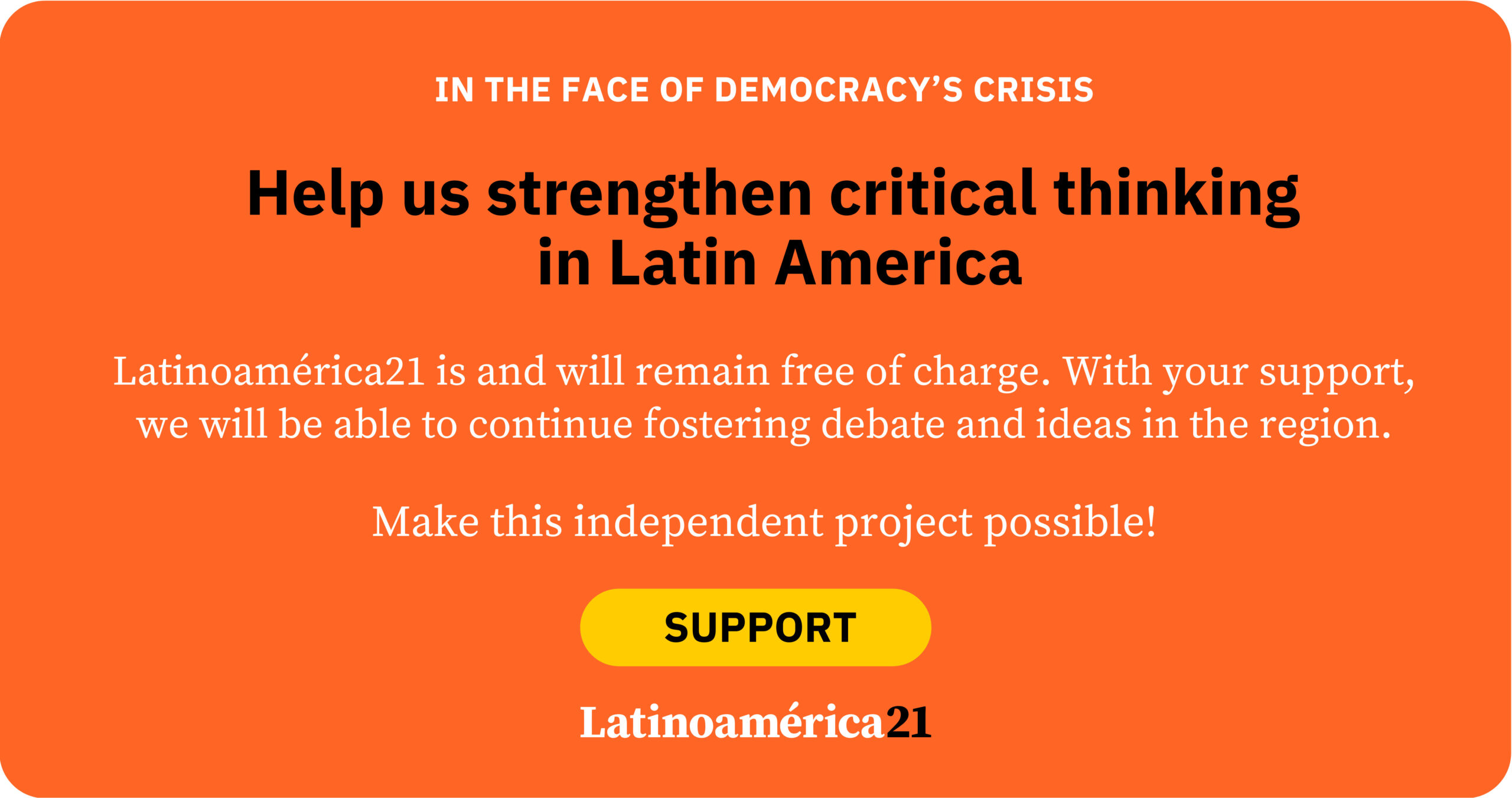
The 1925 Tenants’ Strike was the first major social crisis of the 20th century in Panama. This strike emerged due to the overcrowding, precarious living conditions, and lack of housing alternatives faced by thousands of former Canal workers in the terminal cities along the Transisthmian Route. Exacerbating this volatile situation was the disproportionate rise in rents by landlords. The upheaval caused by this crisis was so intense that the government requested military intervention from U.S. troops stationed in the former Canal Zone to contain the revolt.
The rent hikes were a consequence of Panama’s economic and fiscal crisis following the completion of the Panama Canal and the poor financial management by the country’s early governments. This local crisis was compounded by the global economic shock of the Great Depression in the early 1930s. Due to inflationary pressures and landlord abuses, tensions persisted between 1925 and 1932. These tensions manifested in actions such as street protests, rent strikes, and even land seizures.
One such land seizure in 1932 gave rise to the Boca La Caja neighborhood—an occupation by 72 fishing families on the coastal edge near what would later become Paitilla Airport. Built in 1934, it was Panama City’s first airport outside the Canal Zone, as described by architect Álvaro Uribe in Ciudad fragmentada (1989).
The early emergence of informal settlements during the 20th century was not unique to Panama. Preceding it was the 1897 occupation of Morro de Providência in Rio de Janeiro by demobilized soldiers, the oldest informal settlement in the region. It was followed by other similar occupations that marked the first wave of urban expansion in Latin America: Rocinha favela, also in Rio (late 1920s); Villa 31 in Buenos Aires (1932); Las Yaguas in Havana (1930s); and Boca La Caja in Panama City.
These pioneering settlements laid the foundation for the explosive land occupations that characterized urban growth in Latin American cities from the 1940s to the late 20th century. Petare in Caracas (1940), Ciudad Nezahualcóyotl in Mexico (1950), Villa 21-24 in Buenos Aires (1950), Ciudad Bolívar in Bogotá (1950), Victoria in Santiago de Chile (1957), Cantegril in Montevideo (1954), La Limonada in Guatemala (1958), and La Ciénaga in Santo Domingo (1958) form part of the second wave of this phenomenon, which remained strong through the late 1990s.
These two waves of informal settlements marked the spread of self-built housing as a way of shaping cities in Latin America, not only socially but also physically and narratively. Informal settlements gave rise to a distinctly Latin American lexicon that stigmatizes poverty and precariousness: favelas in Brazil, villas miseria in Argentina, barriadas de emergencia or barriadas brujas in Panama, cantegril in Uruguay, callampas in Chile, and tugurios in Costa Rica are among the terms that define this phenomenon.
All of these cases reflect a common pattern: deep crises—whether war-related or economic—pushed vulnerable populations (demobilized soldiers, rural migrants, impoverished foreign immigrants, or unemployed workers) to urban peripheries in growing numbers, eventually shaping a significant portion of Latin American cities.
Physically, informal settlements were located on the urban margins: hillsides, swamps, industrial zones near ports or railways, and even garbage dumps. These were areas close to employment centers but unattractive for formal urban development.
Few of these early settlements were entirely eradicated. Some governments chose eradication and relocation—as in Cuba’s removal of Las Yaguas in 1960—but more common was progressive regularization: provision of services, legal recognition of land tenure, and in some cases, limited urban integration. For instance, public spaces have been developed in Villa 31 in Buenos Aires to promote greater integration with the city.
Returning to Boca La Caja in Panama, this neighborhood remains a working-class fishing community. Located on the coast—and now surrounded by skyscrapers and shopping malls built in the 21st century—it has become a coveted area for real estate development. Recently, urban planning authorities proposed, for the first time in its history, to assign zoning codes to the neighborhood.
This proposal has sparked discontent. The main issue is that the proposed zoning assigns low-density residential use to the area’s lots. Boca La Caja residents are demanding high-density zoning that would allow buildings up to 20 stories high, arguing that this would give their land higher market value should they be forced to leave.
Boca La Caja exemplifies the challenge facing Latin American cities: informal settlements can no longer be left in limbo between institutional neglect and the constant threat of eviction. Latin American cities need innovative models to reduce the displacement of populations to the periphery. Informal housing and living conditions are structural issues that impact other social and economic aspects of urban life—such as informal labor, unemployment, crime, social unrest, sanitation, and overall well-being—which must be addressed to avoid urban collapse.
In 1996, the Latin American and Caribbean Commission on Human Settlements warned: “Urban poverty may become the region’s most explosive political and economic issue in the next century. Between 1970 and 1990, the percentage of the urban population in absolute poverty rose from 29% to 39%.” Thirty-five years later, these numbers have only worsened. According to the UNDP, by 2022, 72% of people living in urban areas are poor.
The more than 120 million people in the region still living in the precarious conditions of these settlements are clear evidence of how little has been done in the past 100 years to address one of the most fundamental problems of the Latin American city: providing quality of life, opportunity, and dignity for its residents.
*Machine translation, proofread by Ricardo Aceves.


